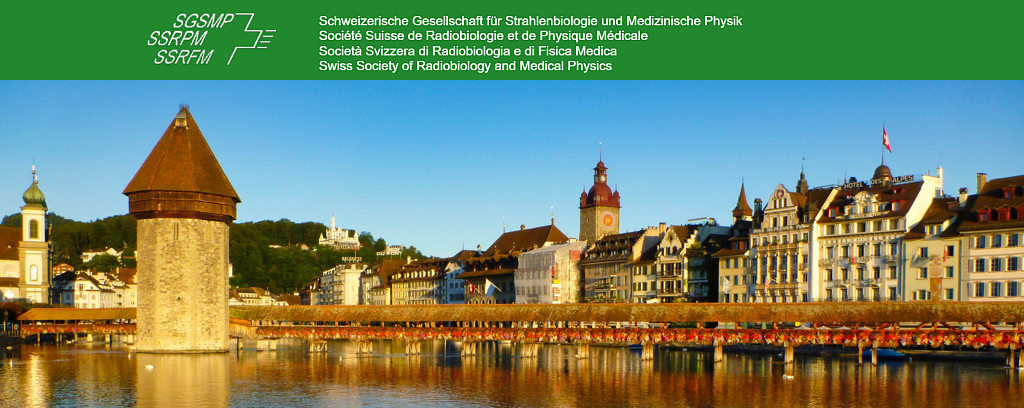Speaker
Description
Purpose:
Accurate and realistic dose accumulation in external beam radiotherapy planning becomes increasingly important in the context of repeat irradiations to returning patients. Rather than straight sums of physical dose, radiotherapy professionals prefer biologically weighted dose estimates to support prescription of repeat irradiations. This work presents a framework for creating biological dose estimate maps such as EQD2 for evaluation in a commercial radiotherapy treatment planning system (TPS).
Methods:
A framework was programmed in Python 3.5 applying the linear-quadratic model to physical dose maps exported from the TPS (Varian Eclipse, Varian, Steinhausen, CH). Employed Python packages included pydicom, numpy, and DicomRTTool [1]. Dose maps were imported in Python using pydicom. Equivalent dose in fractions of 2 Gy (EQD2) maps were generated as follows: $$EQD_2 = n\cdot d\cdot \frac{d+α/β}{d_2+α/β}\quad\text{,}$$ using point-wise array multiplication in numpy, where $n$ = number of fractions, $d$ = calculated dose per fraction, $d_2$ = 2 Gy and $α/β$ is the alpha-beta ratio. EQD2 maps were generated with scalar $α/β$ for the whole dataset, as well as in the form of arrays allowing spatially resolved $α/β$ values. This enables application of organ-specific $α/β$ in combination with contour masks extracted from RT-Struct files using DicomRTTool.
Results:
EQD2 maps were computed and successfully imported into the TPS yielding EQD2 map overlays on the CT. Thereby, 3D-resolved display of biologically equivalent dose estimates are accessible in a clinical setting without the need for an external tool for visualization. Dose summation methods inside the TPS can be directly applied to evaluate the potential for repeat irradiations.
Conclusion:
This work promotes a simple and slim solution for computation and display of 3D EQD2 maps inside the TPS. Direct applicability in clinical workflows fosters fast and accurate clinical decisions in interdisciplinary discussions about repeat irradiations. The framework may be extended to include further dose estimate models.
[1] Anderson, B.M. et al. Practical Radiation Oncology 2021, 11(3): 226-9

